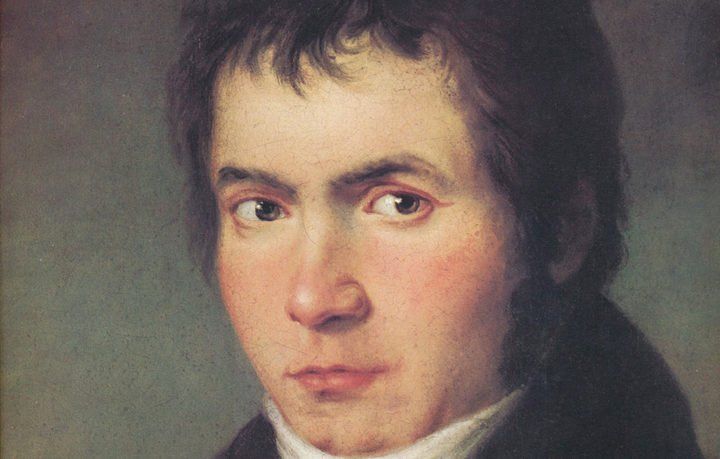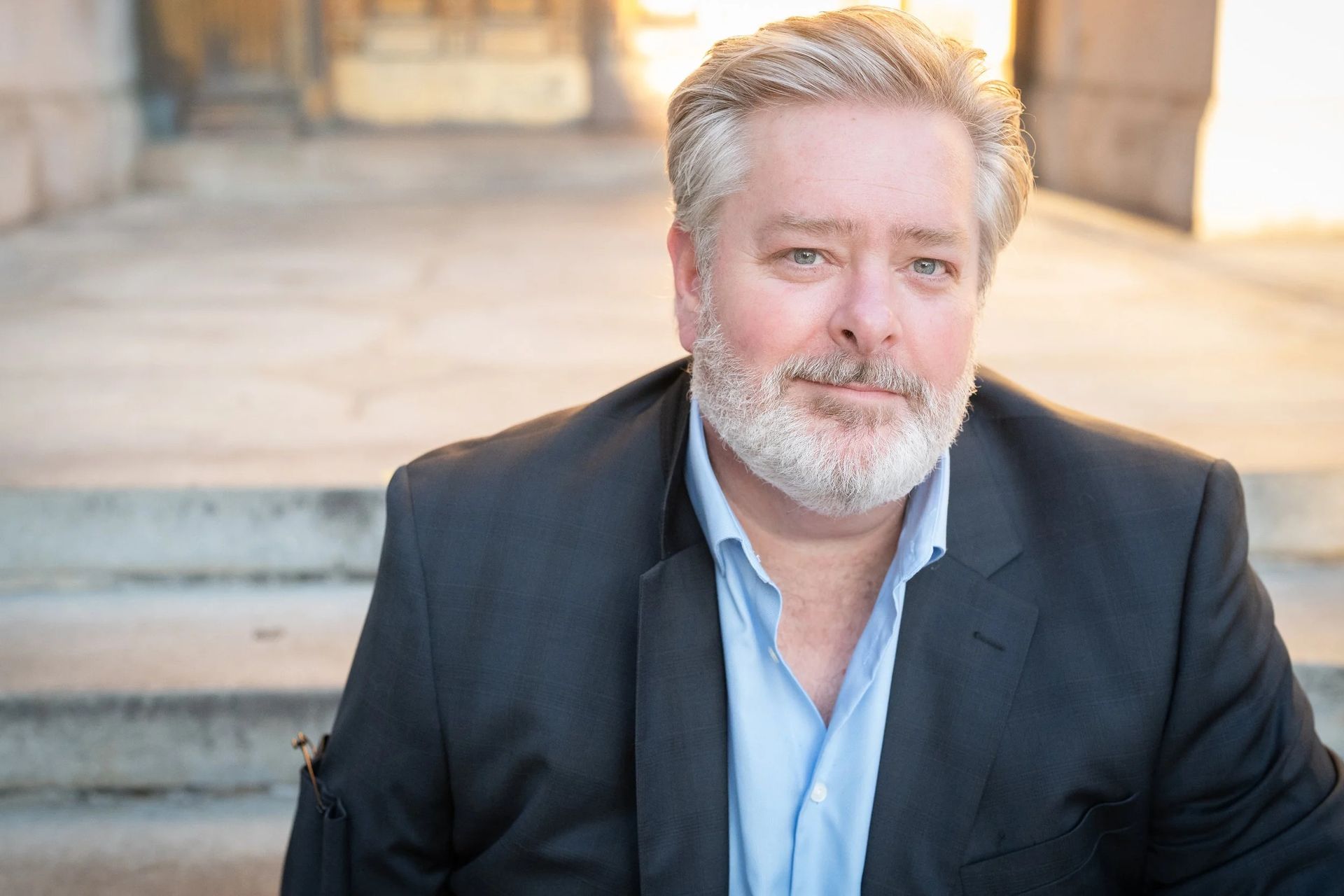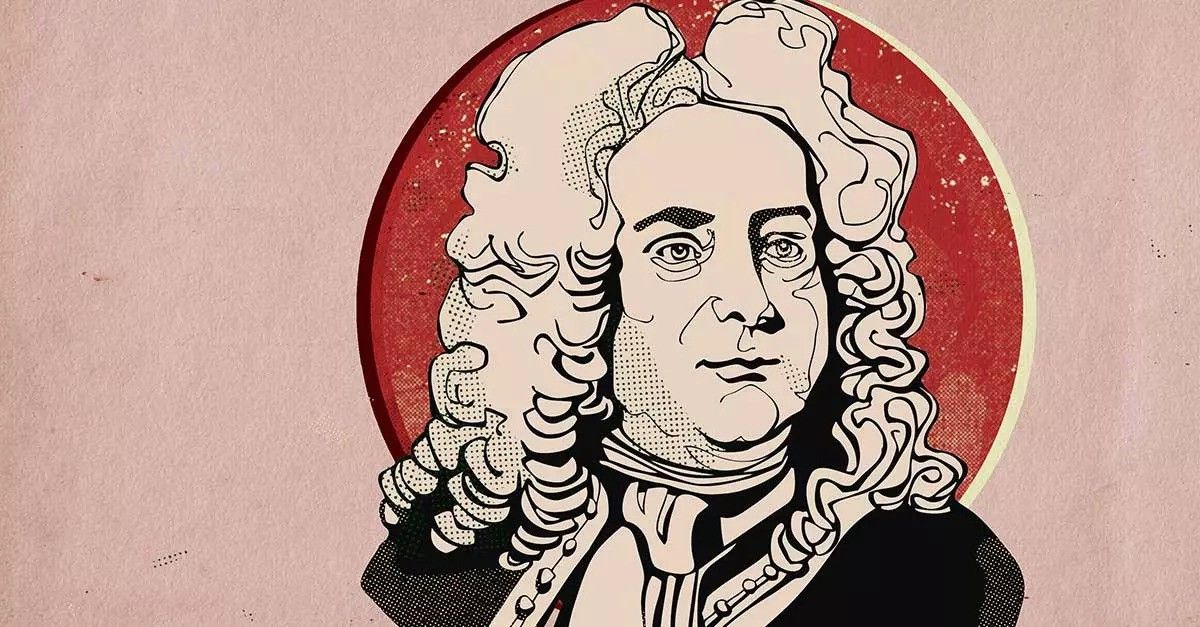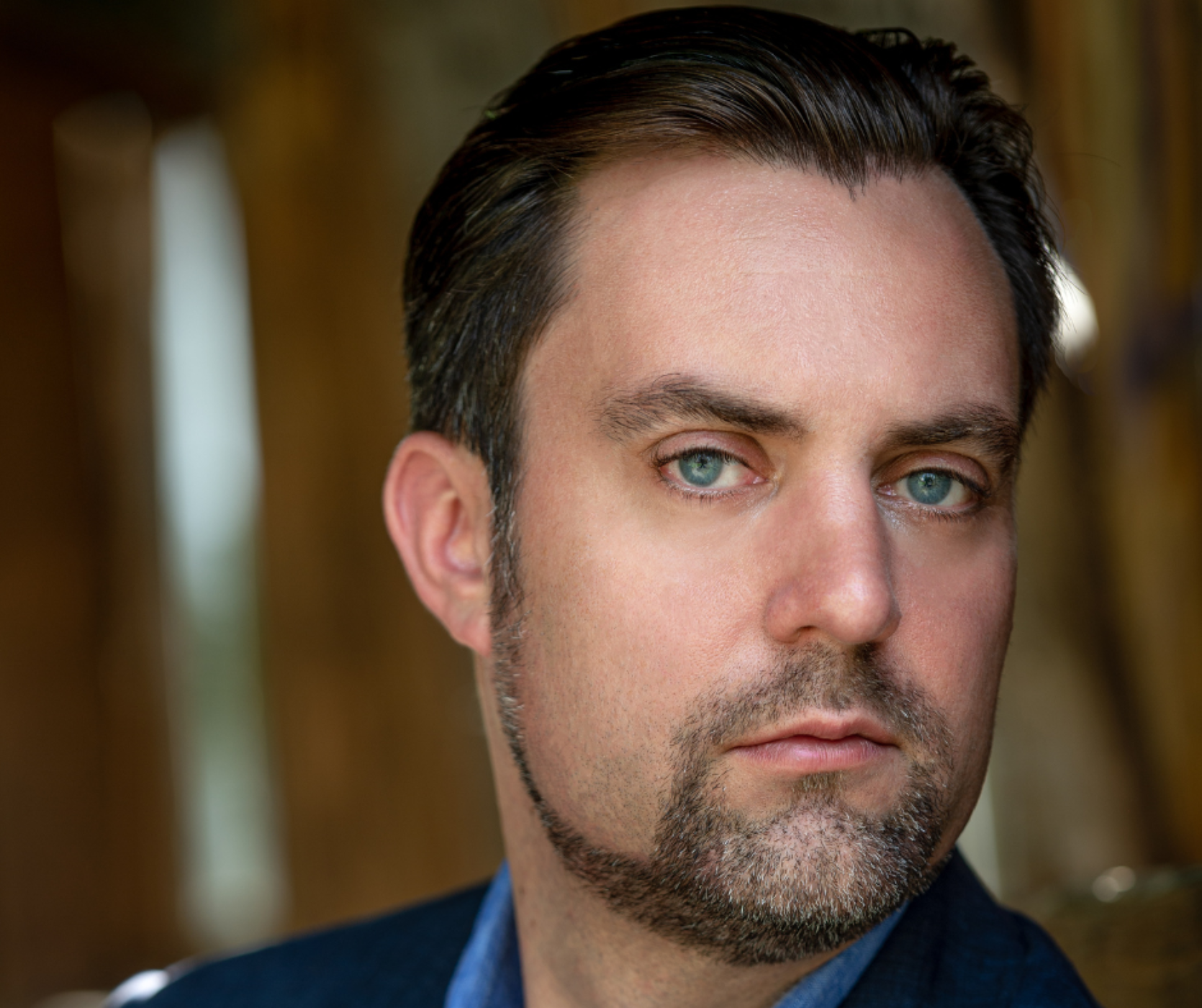THE STORY BEHIND: Beethoven's Symphony No.5
Share

On January 22, Bramwell Tovey and the Rhode Island Philharmonic Orchestra will present Beethoven 5 with violinist Benjamin Beilman.
THE STORY BEHIND: Beethoven's Symphony No.5
Title: Symphony No.5, op.67, C minor
Composer: Ludwig van Beethoven (1770-1827)
Last time performed by the Rhode Island Philharmonic: Last performed March 5, 2017 with Larry Rachleff conducting. This piece is scored for two flutes, piccolo, two oboes, two clarinets, two bassoons, contrabassoon, two horns, two trumpets, three trombones, timpani and strings.
The Story:

Beethoven’s plans for a C Minor Symphony went as far back as 1804, four years before its completion. His sketchbook that year shows the famous first movement rhythmic idea and the earliest version of the Andante theme. Ludwig van Beethoven completed the Fifth in spring 1808 and it premiered at the famous all-Beethoven concert of December 22 of that year.
“Thus fate knocks at the door!” Beethoven reportedly declared as he pointed to the first measures of the symphony. However, the reporter was Anton Schindler, who had a vivid, Romantic imagination concerning details in Beethoven’s life. Whatever its meaning, though, the famous opening motive has become synonymous with Beethoven’s name, even among school children. The first notes are not a theme
per se, but a rhythmic
motto ( . . . — ) that generates much of the opening movement and appears in some guise during each succeeding movement. The singing second theme is accompanied by the motto, and soon Beethoven is exploring various patterns and extensions of the motto. A short oboe solo momentarily suspends the rhythmic drive, but this only makes the remainder of the movement more exciting. It ends with something like an epilogue, necessarily long as a climax to all the excitement the music has built up.
Beethoven may not have been by nature a composer of melodies you can whistle, and his struggle through 14 different versions of this symphony’s
Andante main theme supports that idea. What he finally arrived at, however, fills the movement with an unmatched grace and nobility. This theme is in two closely related parts. The perceptive listener will recognize the motto rhythm here and there in both. Beethoven goes back through his theme three more times, and with each repetition, new enhancements and novelties are heard. So as not to bog things down (presumably), Beethoven accelerates the tempo near the end.
The Scherzo’s theme, too, is in two parts: the first mysterious and very soft; the second a blaring horn-call that vividly recalls the symphony’s motto rhythm. This terse statement leads to a rushing, expansive central section, beginning in the low strings. When the main idea returns, all is hushed, leading to a dark and restless transition to the finale.
Beethoven made history with that transition and with the explosive chords that are its target. His Fifth was the earliest symphony to join two movements without a break — the third and the fourth. The chords include the first symphonic appearance of trombones. Beethoven’s idea was to add sheer power to the full orchestra, for at the same moment he also amplifies the sound with a piccolo and a contrabassoon. If we were to title the last movement, it might be “Final Triumph,” for it is a climax to the cumulative emotional power of all that has come before. The most striking feature of the finale, however, is a brief reminiscence of the Scherzo just before the final wind-up. The dramatic effect is perfect. It gives the audience a “breather” before the onslaught of a climactic ending — concluding with an athletic
Presto section, which is a fitting finish not only to the last movement but also to the entire symphony.
Program Notes by Dr. Michael Fink © 2021 ALL RIGHTS RESERVED
Tickets start at $15! Click HERE or call 401-248-7000 to purchase today!







